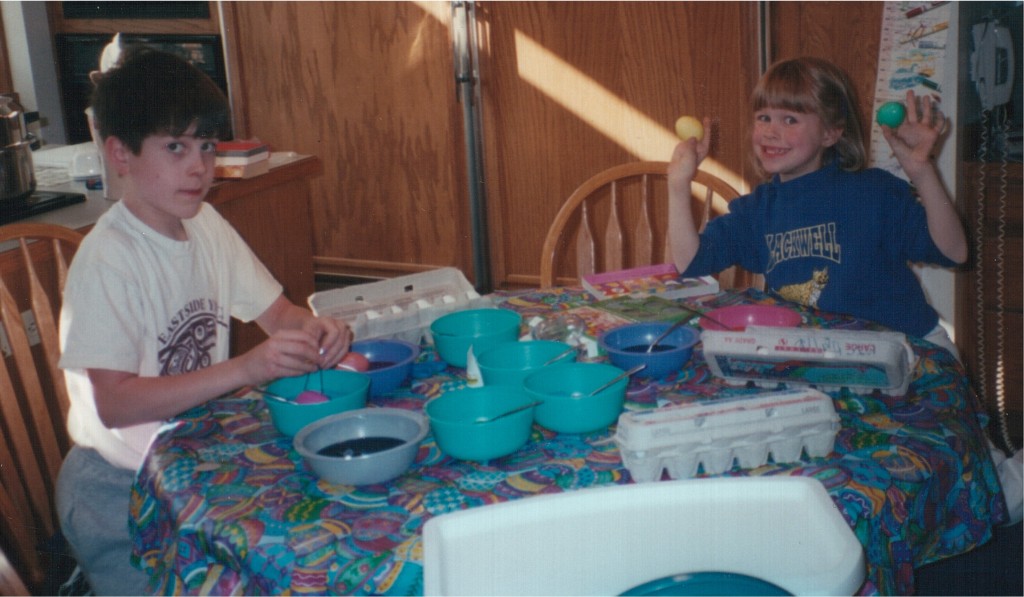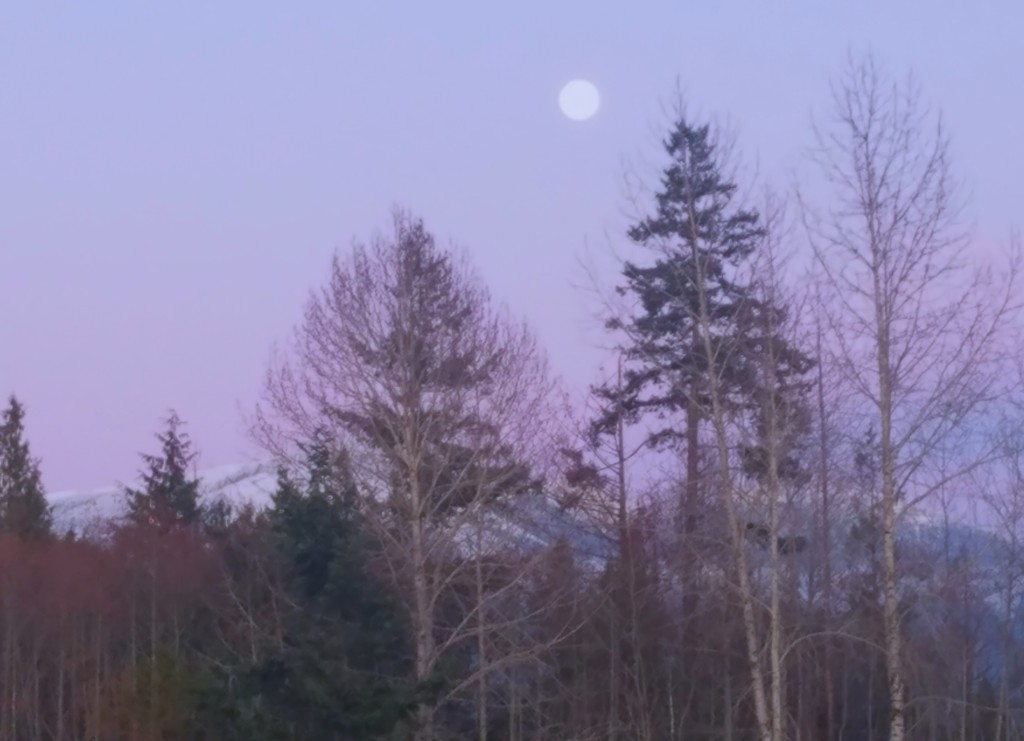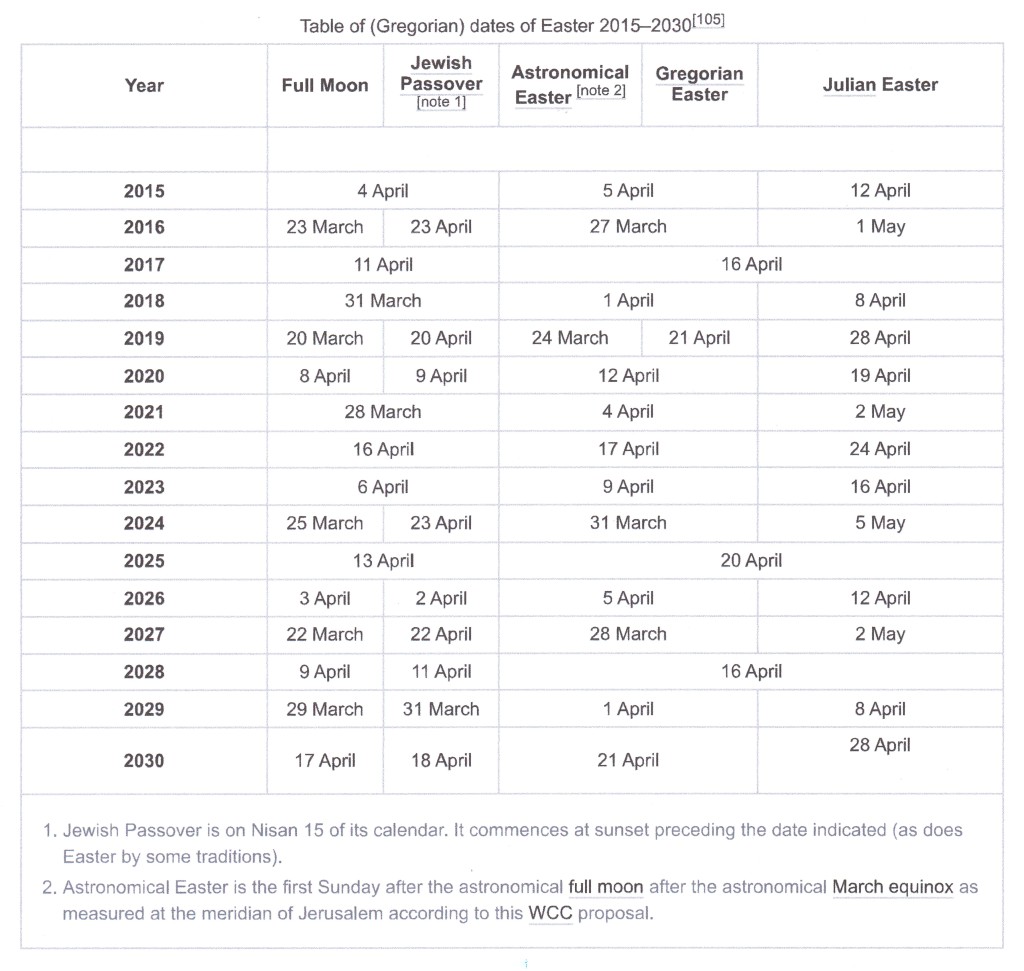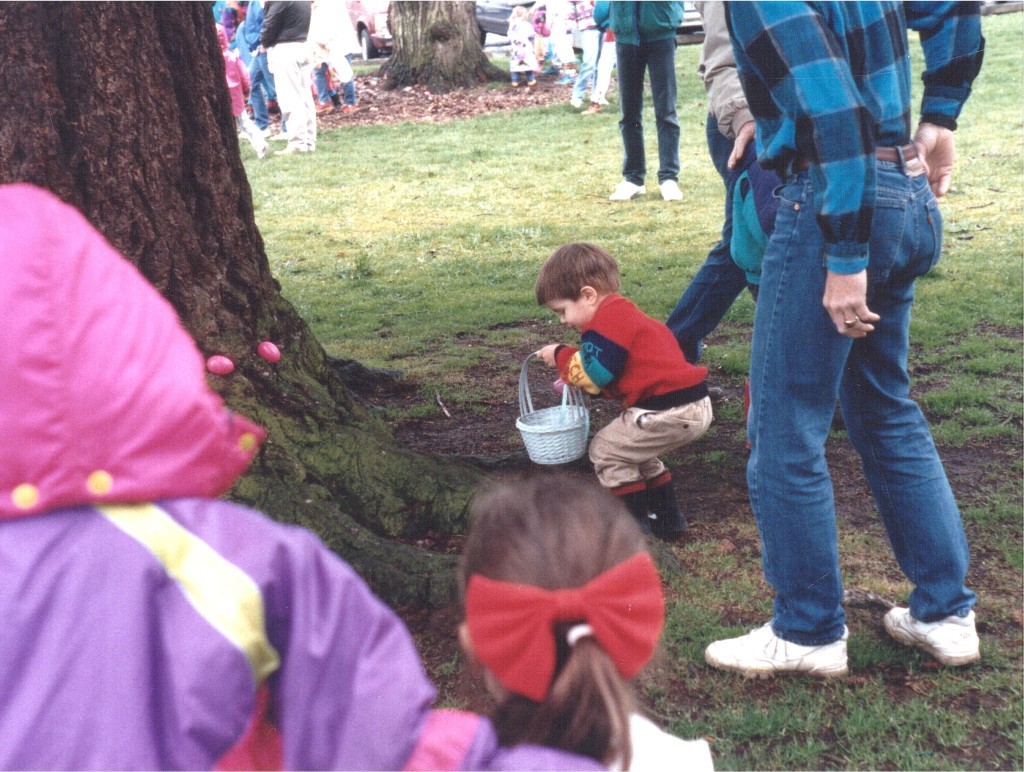Less than 2 percent of all hair colors
April 30, 2024

Most humans have some variation of black or brown hair, followed by blonde and white. The least common color, various shades of red, account for only one to two percent of hair colors and is usually found in people who are genetically connected to the west Eurasian populations.
The country of Ireland, with about 10 percent of its population sporting natural red colored hair, is the highest of any on earth. Edinburgh, Scotland – it turns out – is known as the ‘Red Head’ capital of the world.
According to the Infallible Wikipedia:
“In Scotland, around 6% of the population has red hair, with the highest concentration of red head carriers in the world found in Edinburgh, making it the red head capital of the world.”
During a trip to Edinburgh this past week, I started to notice the incredibly high number of people with red hair and that, of course, made me curious about the hair color.
Of course it is VERY easy to get lost in the weeds on a topic as fascinating as genetics. I admit I have a pretty limited understanding of the topic, having never studied it in depth. But once again the Infallible Wikipedia explains it thus:
“The genetics of red hair appear to be associated with the melanocortin-1 receptor (MC1R), which is found on chromosome 16. In 1995, Valverde, et al. identified alleles on MC1R associated with red hair. The number of alleles linked to red hair has since been expanded by other authors, and these variants are now identified as the RHC (Red Hair colour) alleles.”
Apparently the selection of this genetic trait can be traced back to between 20,000 and 100,000 years ago and to regions with limited sunlight. Because the non-tanning skin associated with red hair can absorb more sunlight it was advantageous genetically for the health of the population.
Like blue eyes, the red hair gene is recessive which means that both parents must contribute the MC1R gene to their offspring for the baby to have red hair.

I never gave it much thought growing up. My family all had blue eyes with the exception of my sister whose eyes were green. It all seemed normal to me. I can remember one boy in elementary school with vibrant red hair and heavy freckles. It was just who he was. Again, normal to me.
Even when I met my hubby – who was at the time a red head – I thought nothing of it, not understanding how rare his hair color was!
My oldest has brown hair and eyes (getting a brown from his father and blue from me) and our youngest was born quite blonde with blue eyes. So obviously there are some nice recessive genes lurking about between the hubby (whose eyes are brown) and me.
When pregnant with my first child I thought it would be really cool to have a red headed baby. Alas, I do NOT have the MC1R gene and THAT is a requirement.
But the hubby confirmed for me earlier today while we were walking about Edinburgh and discussing the topic that he had, in fact, been teased a lot about his red hair as a kid. Children do have a way of exploiting anything which makes another child different and, for the hubby, it was his red hair.
In looking at his genetics it’s no wonder he got the RHC. His mother was a natural strawberry blonde when she was young (THE rarest of all hair colors) and his paternal grandmother had carrot colored red hair. Of his siblings he is the only one who is a true red head.
But back to our wanderings around Edinburgh. I started randomly snapping photos of the red heads I spied and it really put the camera to work. In about a 10 minute time period, up at the castle entrance, I took photos of 11 red heads! But I also started noticing in my pictures from the week that the red heads were everywhere.

Somehow the sheer number of all those red heads in Edinburgh served to add to the surreal feel of the place. It’s been inhabited for thousands of years and the streets feel as though they are from a movie set. The presence of the red heads, like the city itself, provides a certain vibrance and fiery determination to the Scottish people.

For someone whose ancestors came to America from before its founding until the late 1800’s, there’s a certain pride in knowing that one line of my people once trod the ground in Scotland. According to my Ancestry DNA profile I sport a whopping six percent of Scottish blood, traceable back to 1766 when my fourth great-grandfather, Joseph Simons, was born in Connecticut. His father had been the emigrating ancestor but, alas, his identity and the reasons for emigrating are, for now, lost to history. What we do know is that the first wave of Scottish emigrants came to America beginning in 1763 following defeat at the Battle of Culloden in 1746 and the societal upheaval which took place after.
Regarding the hubby, he has a bit more Scot in him than I do with 10 percent. The red hair on his mother’s side is bolstered by her 28 percent Scottish and Irish heritage. From his paternal grandmother, who was fiercely German apparently, came the rest where some 5 percent of the population sports the red.

I suppose what all this does for us melting pot Americans is give us a brief glimpse into what it might be like to be solely identified as Scottish, or Irish, or English. And although I don’t have the red hair or, particularly, Scottish features, it was fun to buy a Fraser tartan scarf as my Simon family is part of that clan.
As always a few wee links:
https://www.eupedia.com/genetics/origins_of_red_hair.shtml
https://www.theguardian.com/politics/2013/nov/25/mapping-redheads-which-country-has-the-most






































